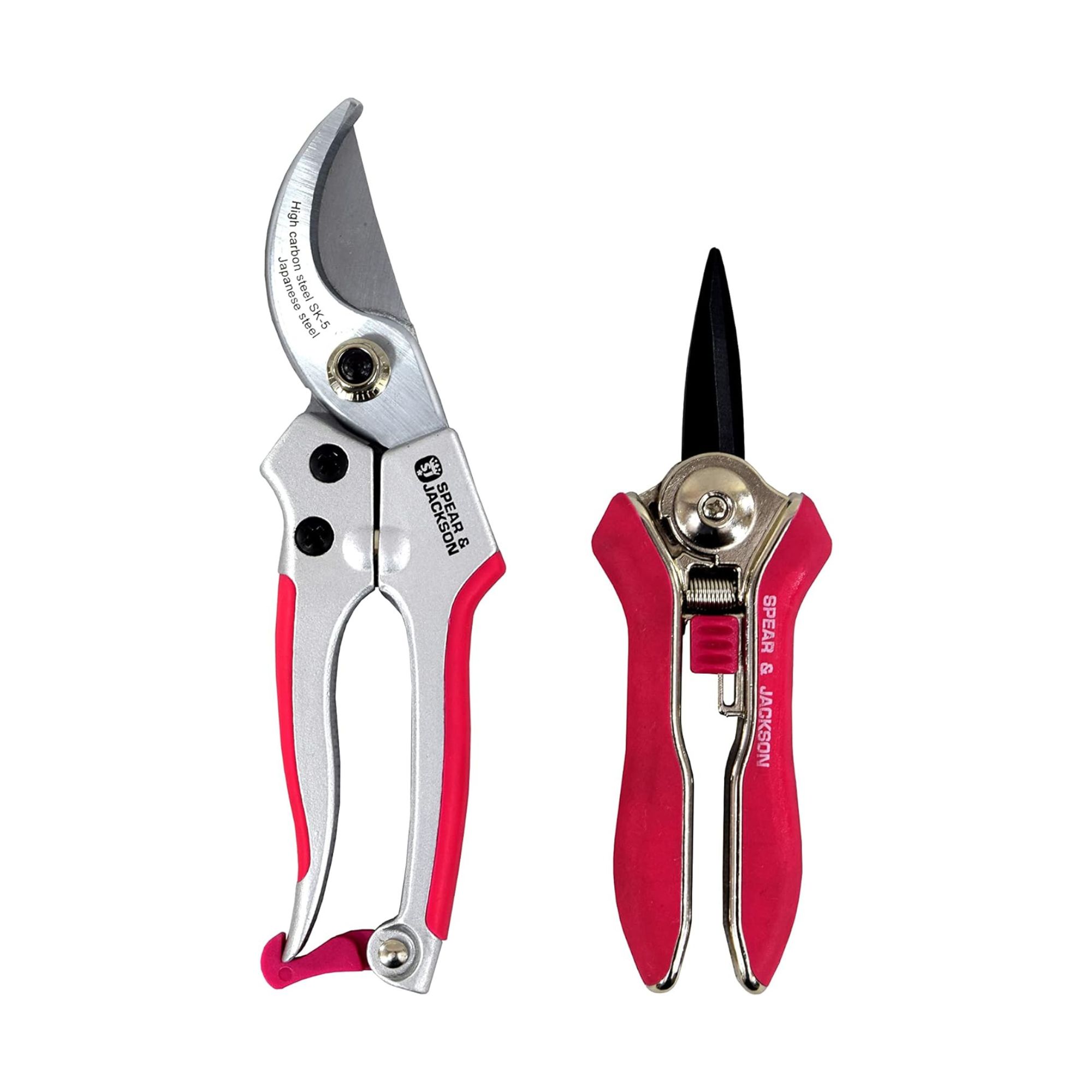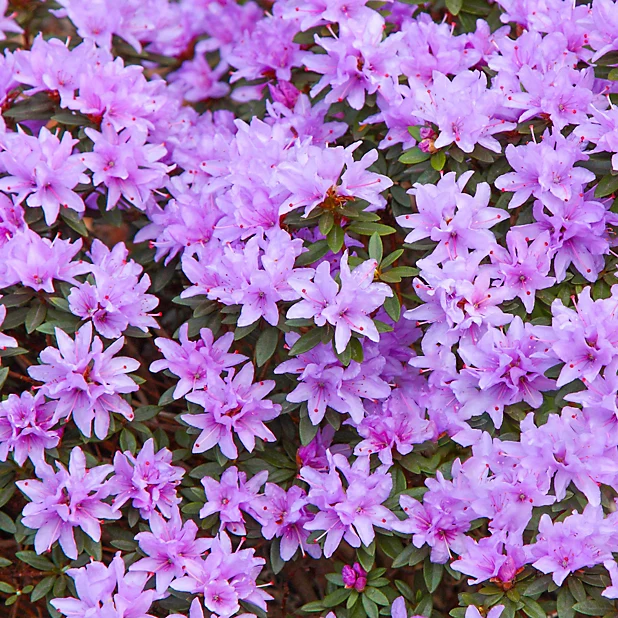Should I deadhead rhododendrons? That all depends on the size of your garden, according to experts
Deadheading rhododendrons will result in more blooms, but it can also come with consequences

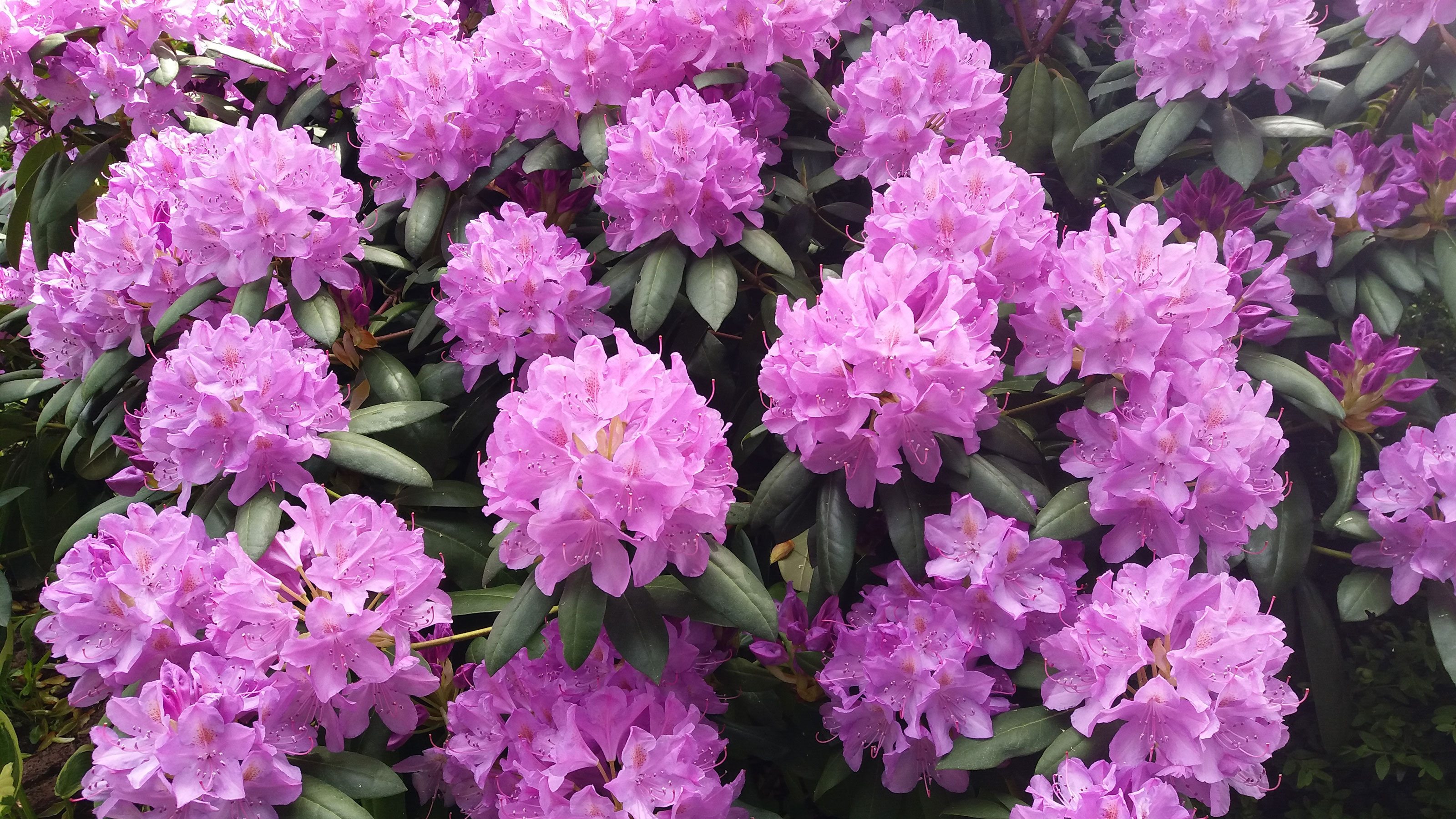
If you have rhododendrons in your garden, you’ll know just how rewarding it is to watch these colourful, vibrant flowers bloom throughout the spring. But eventually, there comes a time when gardeners everywhere start to wonder: Should I deadhead rhododendrons?
Although rhododendrons will add beauty and depth to any garden idea, these romantic blooms don’t last forever. And as our favourite spring flowers fade away to give summer bulbs their chance to shine, rhododendron flowers start to wilt. When that happens, you need to decide on your next course of action.
If you intend to prune rhododendrons, it’s always a good idea to deadhead them before you start. But what about general plant maintenance? Well, then things get a little tricky. That’s why we’ve reached out to experts to see what they think about deadheading rhododendrons.

Should I deadhead rhododendrons?
While we wish we could give you a yes or no answer to whether you need to deadhead rhododendrons, the truth of the matter is that the answer is both yes and no - and the option you choose all depends on the size of your garden and your own rhododendron requirements.
On one hand, deadheading rhododendrons is a great idea for those who want to encourage more blooms next year. By deadheading your rhododendron, you will stop the flowers from going to seed - ultimately pushing more energy back into the main bulk of the plant.
John Clifford, gardening expert at Gardenstone, explains, ‘Deadheading helps the plant conserve its energy. If the dead flowers aren't removed, then the plant uses energy to create seeds which takes energy away from the plant and means that it has less to use on flowering in the following season.’
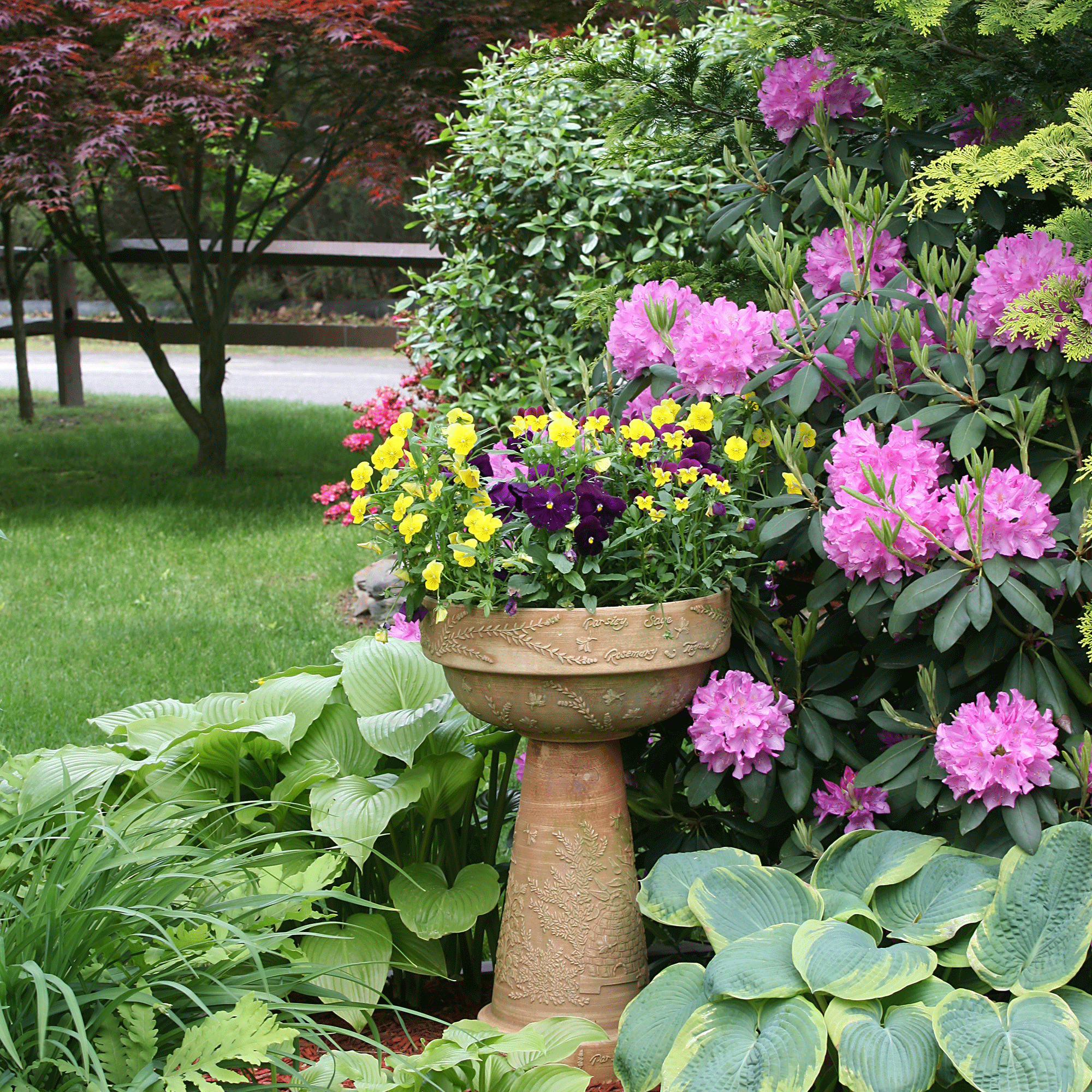
As a result, your rhododendron will use this extra energy to grow more branches and produce more flowers next year.
Sign up to our newsletter for style inspiration, real homes, project and garden advice and shopping know-how
But how do you deadhead rhododendrons? Well, this process is extremely simple, and all you have to do is snap off the top of the stalk, just below the spent flower. If you have a particularly large or woody rhododendron, you may find it easier to cut it with your handy secateurs.
John adds, ‘You need to be really careful not to clip off any new buds as these are what next year's growth will flower on, and if you cut any off, you risk damaging the plant.’
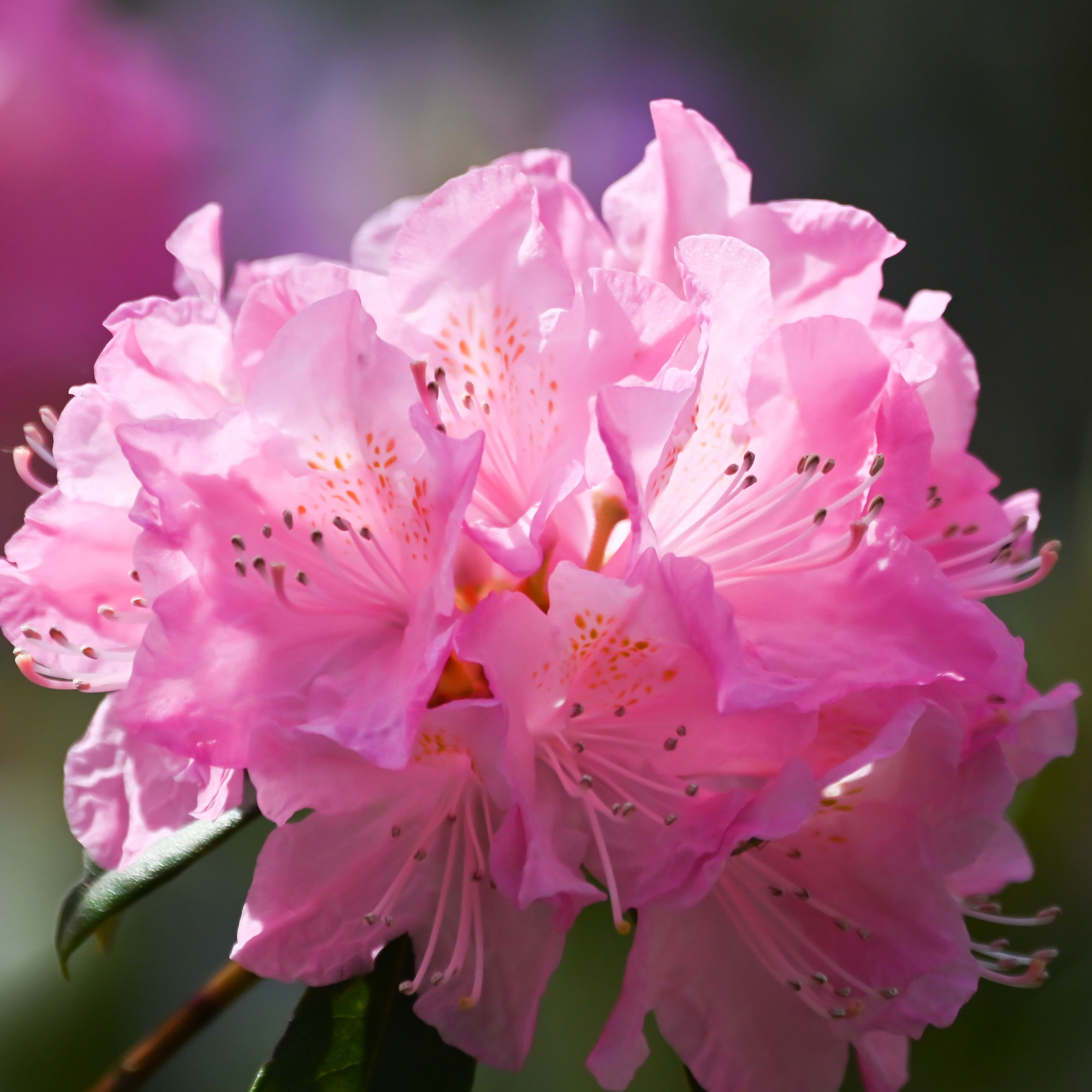
Although deadheading rhododendrons will encourage even more flowers next year, it’s important to note that this might not always be in your best interest (as these common deadheading mistakes attest) - especially if you have a small garden.
That’s because rhododendrons can grow to mammoth sizes and quickly take over your garden if encouraged to grow bigger and better year after year. And if you don’t keep on top of pruning, you may find that it starts to overwhelm your garden.
So, if you want to keep your rhododendron plant smaller in size, deadheading isn’t advisable. And thankfully, it's not the end of the world if you don't do it at all.
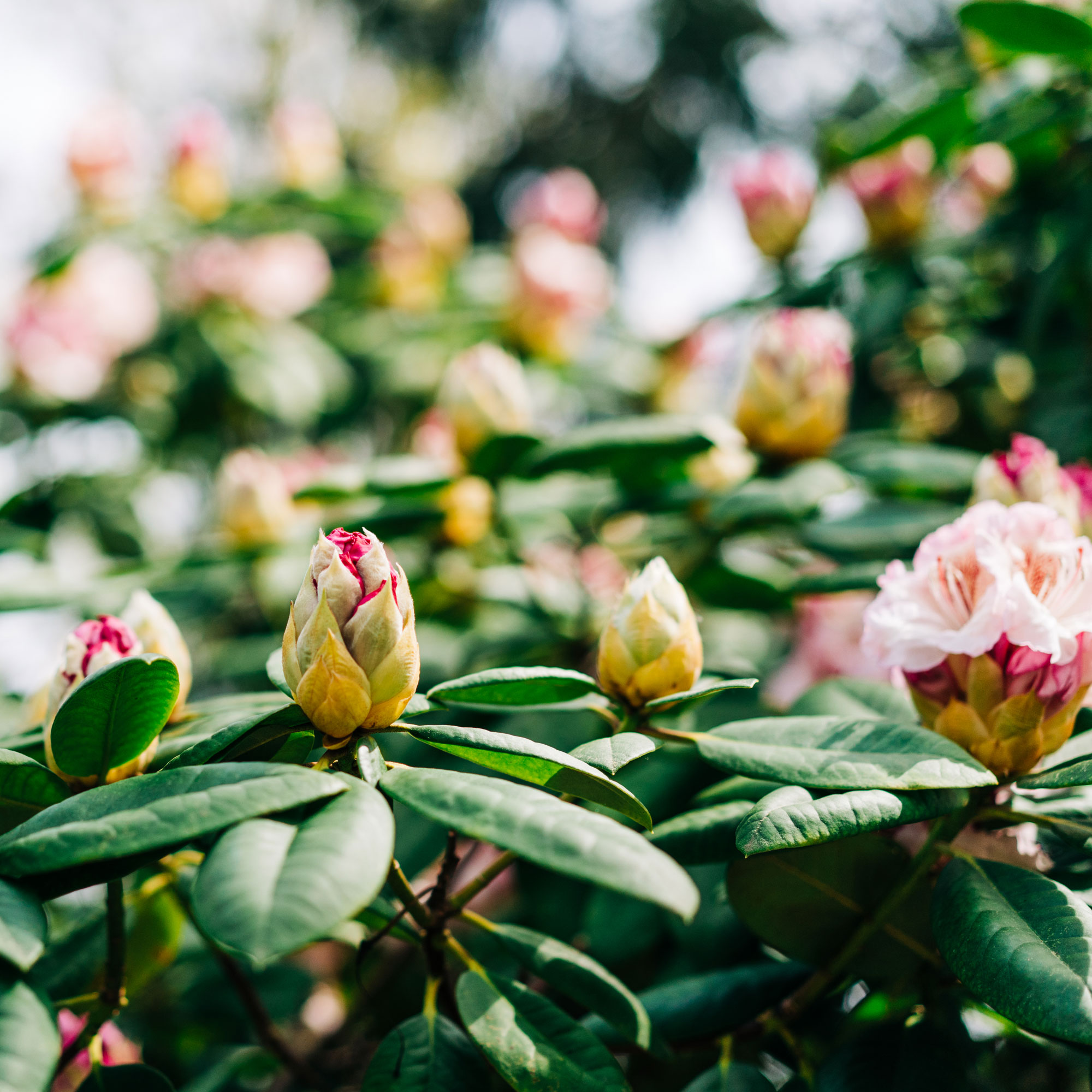
Morris Hankinson, director of Hopes Grove Nurseries, says, 'If you don’t deadhead your rhododendron, don’t worry! They will still flower again but probably the same number of flowers as the previous year.'
No, failing to prune a rhododendron won’t affect the plant's health, and it won’t reduce the number of blooms, either. It just means that it’ll grow just as many flowers next year - instead of growing more.

In fact, not pruning a rhododendron allows you to maintain the size and shape of your plant, making it incredibly low-maintenance.
Because of this, you ultimately need to decide on your own needs and requirements when considering whether to deadhead a rhododendron or not.
If you want to encourage growth, you should definitely add deadheading to your to-do list. If you want to keep it how it is, you don’t need to bother.

John Clifford is a director of Gardenstone, a leading garden landscaping retailer based in the UK. With over 30 years in the gardening industry and continual work alongside The National Trust, John has amassed an extensive range of gardening and planting knowledge. Alongside his younger son, John has built a strong reputation for Gardenstone as a trusted source for both high-quality garden products and expert gardening advice.

Morris Hankinson is the founder and managing director of Hopes Grove Nurseries Ltd, the UK’s only specialist grower-retailer of hedging plants. He established the thriving business in 1992, shortly after graduating with a Commercial Horticulture Degree from Writtle College, Essex.
What you’ll need
FAQs
How do you keep a rhododendron blooming?
Although rhododendrons are fairly low-maintenance plants, they still have very specific requirements that can affect the quality and the length of their blooming period. To keep a rhododendron blooming, try the following:
- Maintain a regular water schedule, as rhododendrons thrive in moist soil.
- Add a layer of mulch to keep the water in.
- Top off with ericaceous compost to raise the acidity levels in the soil.
- Keep sheltered from bright sunlight.
- Deadhead spent blooms immediately after flowering (as long as you have the space).
What to do with rhododendrons when they stop flowering?
It’s always a sad sight when you see a rhododendron stop flowering, but it’s at this point that you need to make a choice. You can either choose to deadhead your rhododendron immediately after flowering and encourage more blooms next year, or you could choose to leave it alone and maintain the size of your rhododendron.
So, will you be deadheading your rhododendron?

Lauren Bradbury has been the Content Editor for the House Manual section since January 2025 but worked with the team as a freelancer for a year and a half before that. She graduated with a Bachelor’s degree in English and Creative Writing from the University of Chichester in 2016. Then, she dipped her toe into the world of content writing, primarily focusing on home content. After years of agency work, she decided to take the plunge and become a full-time freelancer for online publications, including Real Homes and Ideal Home, before taking on this permanent role. Now, she spends her days searching for the best decluttering and cleaning hacks and creating handy how-to guides for homeowners and renters alike, as well as testing vacuums as part of her role as the Ideal Home Certified Expert in Training on Vacuums, having spent over 110 hours testing different vacuum models to date!
